Many people feel terror in the presence of an insect, generally when they see a cockroach, the first thing they do is scream and you have to kill it however you can, others are curious about its color or appearance; perhaps because of my profession and my way of being (I am a researcher) I stop to observe and, if I don't know it, I look for information. They even made children's movies about insects, such as: "A Bug's Life: a miniature adventure", Antz, The AntBully (Hormigaz), Fly Me to the Moon, The Mayan Bee.

Photo by: Antz, Bug's life, AntBully, Maya, Fly to the Moon
In an insect we can distinguish three distinctive regions: head, thorax and abdomen. In the head we find the mouthparts, eyes and a pair of antennae, in the thorax we find three pairs of locomotor appendages or legs (articulated) and, in most species, two pairs of wings. These characteristics distinguish insects from other closely related arthropods, such as spiders, ticks, centipedes and millipedes; today I want to refer to that part of insects that we very rarely pay attention to and that catches my attention: their antennae.
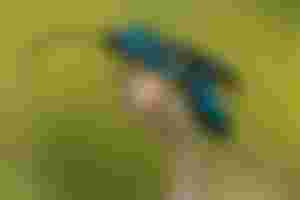
Photo by: Ricardo Varela
These are my sponsors, I invite you to read their very interesting articles, you will like them.
The Wonderful World of Insect Antennae
If you stop just for a moment to observe them, you will notice that the antennae are located on the head, in the middle of the eyes or below them. In their other life stages (larva and pupa) they also have antennae although very small. Researching a little on the internet I found that insect antennae have three true segments: 1 basal or scape, 2 pedicel and 3 flagellum. They can vary in shape and size among insect groups, and this is due to modifications of the flagellum. This is why they are useful for identifying some insect groups.

Photo by: Wasp antenna
The antennae are considered very important because they are the sensory organs, i.e. they are the sense of smell and touch; although in other insects they have an auditory function.
Types of Insect Antennae
Aristate antennae: These are small, sac-like antennae, compact at the base and with an edge (hair) on the last segment, mainly found in flies.
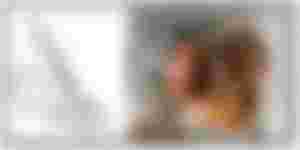
Photo by: Left, M. A. Broussard. Right, J. J. Harrison
Sawed antennae: These antennae resemble a saw by the division of its segments, each segment has a pointed side.

Photo by: Left, M. A. Broussard. Right, Fitochapingo
Capitate antennae: These have an abrupt protuberance at one end, among them we have butterflies and some beetles.

Photo by: Left, M. A. Broussard. Right, Udo Schmidt
Claviform antennae: Their segments have fine ramifications, becoming thicker and thicker towards the end.

Photo by: Left, M. A. Broussard. Right, Win Ruber
Stylar antennae: These antennae are characterized because their terminal segments are shortened, becoming very thin, and may have hairs on the last segments.

Photo by: Left, M. A. Broussard. Right, Opoterser
Filiform antennae: They are simple, elongated, very thin antennae, the segments are of the same size, these antennae are found in cockroaches, some beetles, bugs, crickets.

Photo by: Left, M. A. Broussard. Right, Gary Alpert
Flabellate antennae: Its name comes from Latin, which means fan, so its shape is like a fan, are present in some beetles and wasps, they are mainly possessed by males so they better capture the pheromones (female hormones that expel females when they are in the mating season).
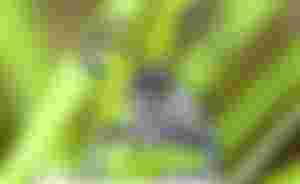
Photo by: Jean and Fred
Geniculate antennae: These are antennae that have double articulation, similar to the articulation of an elbow. Ants have them.

Photo by: Left, M. A. Broussard. Right, Hipertextual
Lamellated antennae: These are antennae that in their segments have forms of blades that fit together, also give a fan-shaped appearance.

Photo by: Left, M. A. Broussard. Right, Fotonatura
Moniliform antennae: The segments of these antennae are rounded and very similar to each other, similar to a string of pearls, termites and some beetles are the possessors of these antennae.
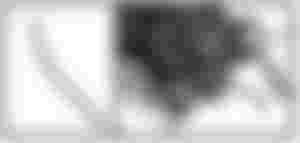
Photo by: Left, M. A. Broussard. Right, Macronatura
Pectinate Antennae: This name is attributed because the antennae are similar to a comb. Flies, wasps and some beetles.

Photo by: Left, M. A. Broussard. Right, Jhon Flannery
Feathery antennae: These antennae are feather-like, their segments have very fine ramifications. Moths and mosquitoes are found in this group.

Photo by: Left, M. A. Broussard. Right, Feathery
Setiform antennae: They are very similar to the filiform antennae but thinner, they are shaped like mushrooms. Dragonflies have this type of antennae.

Photo by: Left, M. A. Broussard. Right, Jhon Flannery

I hope that with this article you will lose a little fear of these small animals, which also play a very important role in the natural balance and one of them is that they are controllers of other insects harmful to crops, as well as responsible for pollinating the flowers, without them there would be no agricultural production. For example, if there are no bees or cicadas present in the passion fruit crop, the flowers would simply fall off and would not bear fruit.
Thanks for visiting me, if you liked this article, you can make a comment.
Don't forget to like and follow me

Original content, information researched on the web and paraphrased.
Some images are screenshots of the visited page.
Reference:
Portada Photo by: https://edukavital.blogspot.com/2014/10/luciernaga-y-escarabajos-tienen-las.html
https://allyouneedisbiology.wordpress.com/tag/antenas-filiformes/
https://fitochapingo.net/morfologia-de-los-insectos-antenas/
www7.uc.cl/sw_educ/agronomy/insects/html/morphology/antennas.html

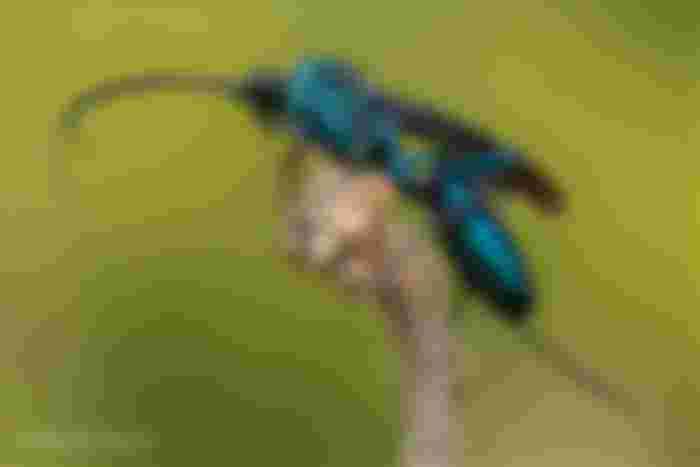

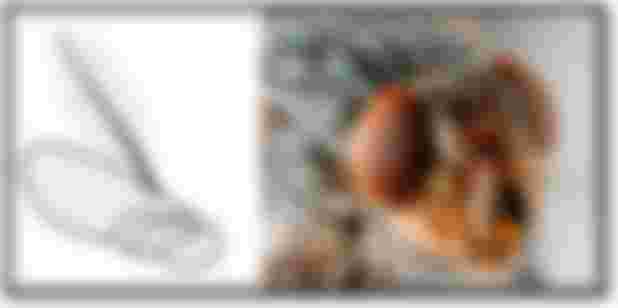
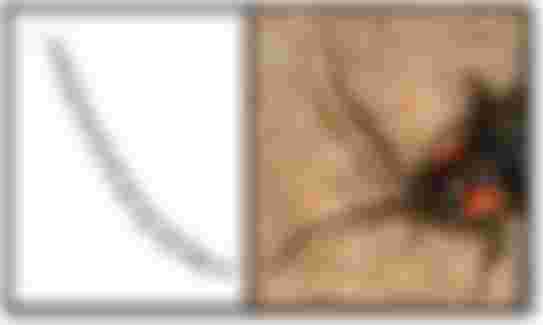

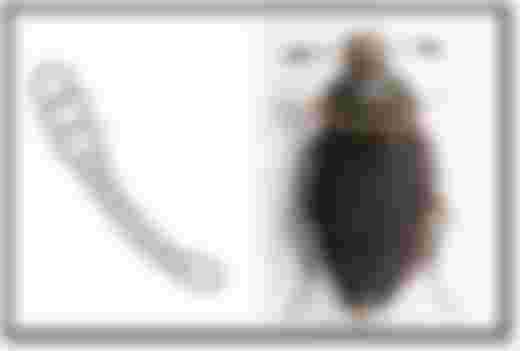

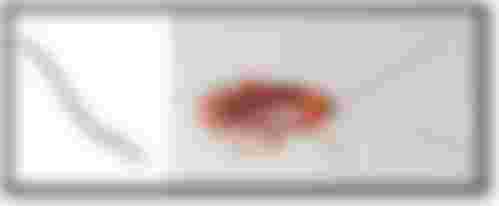
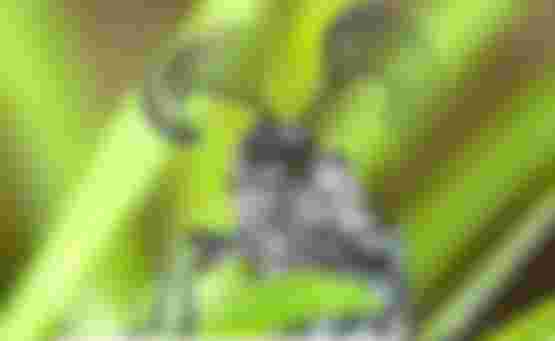
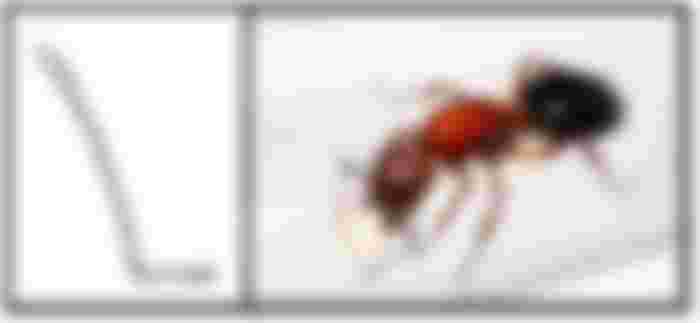


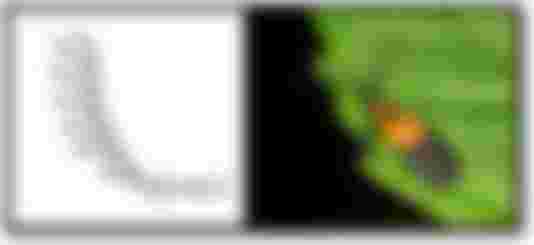

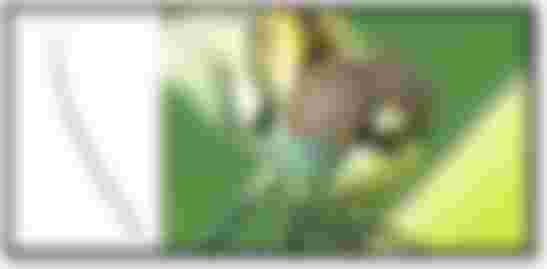


I didn't expect that there are so many varieties of antenne insects. But for me the worst kind is the cockroach and i haven't seen the other varieties yet... Only the common one